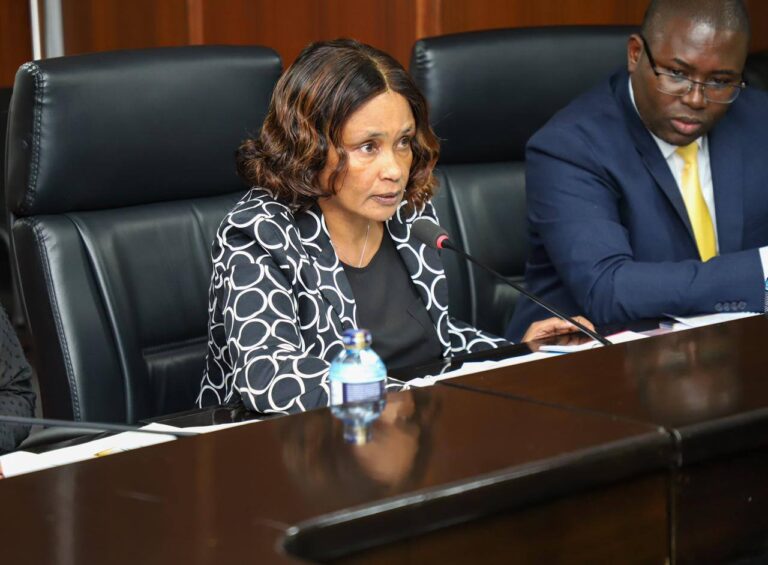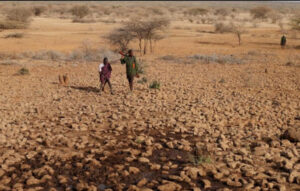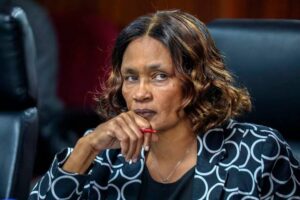A storm is brewing in Kenya’s education sector as the Kenya Teachers in Hardship and Arid Areas Welfare Association (KETHAWA) has issued a stern warning to the Teachers Service Commission (TSC) over what it terms an “inhuman and unconstitutional” move to slash promotion slots in Arid and Semi-Arid Lands (ASAL) counties.
Following a TSC report to Parliament in May 2025, which revealed that 1,864 promotions were revoked after a review of eligibility, ASAL counties were the worst hit. Nine counties lost a total of 1,464 promotion opportunities, with Lamu, Isiolo, and Marsabit seeing losses of over 180 slots each.
KETHAWA National Secretary, Wangonya Wangenye, has called the move “unacceptable and discriminatory.” He asserted that teachers in hardship areas have been overlooked for decades and the latest development violates their constitutional rights.
“We are ready for a bruising legal or other form of battle,” Wangenye warned. “This decision cannot be allowed to stand. Teachers in hardship regions have suffered enough, and the little progress we’ve made cannot be undone without resistance.”
Wangenye emphasized that KETHAWA has long advocated for affirmative action in promotions to account for the challenges faced by teachers in remote and marginalized areas. He said the commission’s latest move negates those efforts and undermines national equity goals in education.
He also accused the TSC of failing to find alternative funding to maintain promotion slots in ASAL counties, suggesting that “urban bias” continues to taint the Commission’s policies.
“We shall remain more vigilant than ever before,” Wangenye declared. “This is not just about promotions — it’s about dignity and justice.”
KETHAWA is currently consulting legal experts and rallying political leaders from affected counties to explore avenues for redress.
If the standoff escalates into court action or protest, it could significantly disrupt operations within the TSC and stall future promotion exercises — casting a long shadow over efforts to bridge Kenya’s education inequality gap.






